If I were to show you a picture of a telephone, could you tell me if the telephone was ringing just by looking at the picture? No, and you cannot identify the cause of low back pain by solely looking at imaging such as an MRI or X-ray. A recent study had a patient with chronic low back pain get ten MRIs in ten different facilities in a three-week period. Of the ten MRI results there was no single finding that was found on all 10 reports.1
Imaging is a valuable tool to identify the current state of the lumbar spine, but it is only a snapshot. Almost everyone who has had imaging completed receives objective findings such as degenerative joint disease, osteoarthritis or a herniated disk, but most of those cases do not have pain.
Two-thirds of adults will be affected by low back pain (LBP) at some point in their lives. Of those with LBP, 70 percent can be classified as “non-specific LBP,” meaning a specific source of pain cannot be identified. At this point, pain itself becomes the limiting factor, not a structural abnormality. Most of these acute episodes of LBP show measurable improvement in pain and function within the first four weeks. For LBP with pain down the leg (radiculopathy), most resolve within weeks or months.2 A common cause of these radiculopathies is herniated disks. On a regular basis, patients report that their chronic LBP is caused by herniated discs that were diagnosed many years ago. However, a recent study indicated that 67 percent of herniated discs reabsorb or “de-herniate” all by themselves.3 So if most LBP improves in a short period of time, why spend the time going through the costly process of imaging? Wouldn’t it be better to go straight to the care that will speed up the recovery process and get you back to living life sooner?
As we stated earlier, abnormalities in lumbar imaging is common with people who are pain-free; thus, if there is pain, we cannot directly correlate that pain to abnormal findings. In fact, early imaging of the low back for pain may actually lead to worse outcomes. One study showed there was eight times the risk of surgery and five times more cost when an MRI was ordered within the first month of LBP. Other studies have shown that patients with LBP that have imaging experience the following: more pain, worse overall health status and less improvement than the controls in the study.2
Low back pain imaging can be a useful tool, but it is not a full picture and may not be needed immediately after a low back injury. The conversation for treatment of low back pain should always start with conservative care options such as physical therapy. Always discuss your specific treatment options with your health care professional.
Vincent Kambe PT, DPT, OCS is the clinic director for the Avid Physical Therapy Indio clinic. He is a Doctor of Physical Therapy and an orthopedic specialist and can be reached at (760) 347.6195. vince@avidphysicaltherapy.com.
References:
1) Herzog R, Elgort DR, Flanders AE, Moley PJ (2017) Variability in diagnostic error rates of 10 MRI centers performing lumbar spine MRI examinations of the same patient within a 3-week period. Spine Journal, 4, 554-561;
2) Wang Y, Wu A, Ruiz Santiago F & Nogueira-Barbosa M (2018) Informed appropriate imaging for low back pain management: A narrative review. Journal of Orthopedic Translation, 15, 21-34;
3) Zong M, Tao Liu J, Hong J, Mo W, Xiao C, Xue R, Yu P (2017) Incidence of Spontaneous Resorption of Lumbar Disc Herniation: A Meta-Analysis. Pain Physician, 20, E45-E52.






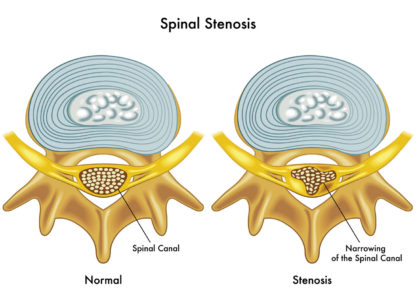
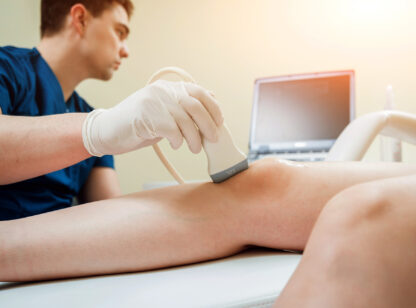
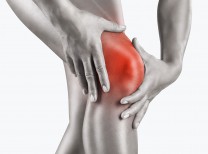
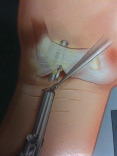






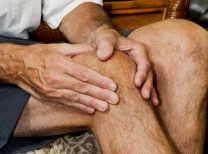




























Comments (0)